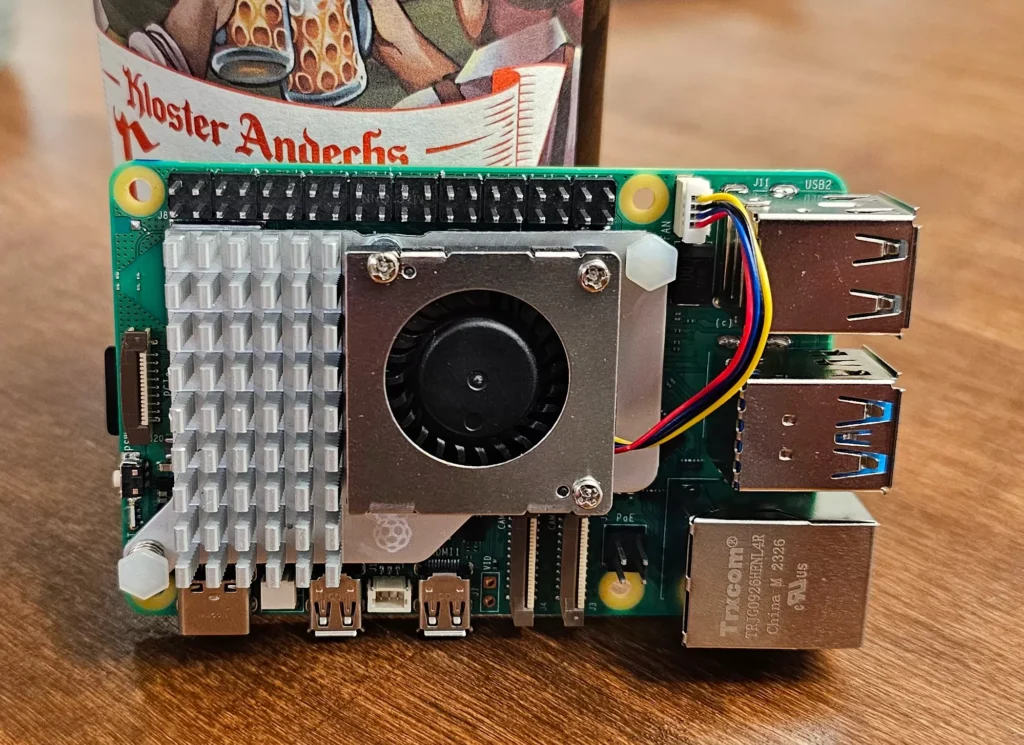Introduction
The eagerly anticipated full Ethernet support for the Raspberry Pi 5 is making significant strides towards inclusion in the mainline Linux kernel. This development is crucial for users seeking the utmost stability and performance from their powerful new single-board computers. While previous Raspberry Pi generations have often seen a lag in upstream hardware enablement, the work on the RP1 Ethernet controller signals a promising shift. Dive in to understand the technical details, key players, and what this means for the future of **embedded Linux** on the Raspberry Pi 5.
Unlocking Full Potential: Raspberry Pi 5 Ethernet Nears Mainline Linux Kernel Support
The Raspberry Pi 5, a highly popular Arm single-board computer, has garnered significant attention, yet its hardware support within the **Linux kernel** has, like its predecessors, faced some initial delays in upstream integration. A critical piece of this puzzle—Ethernet support—is now steadily advancing towards the mainline kernel, promising a more streamlined experience for users.
Historically, getting full hardware support for Raspberry Pi devices into the mainline kernel has been a gradual process. This upstream integration is vital as it ensures long-term stability, broader compatibility with various Linux distributions, and faster access to new features and security updates for the **open-source hardware** community.
The Breakthrough: RP1 Ethernet & Cadence GEM
A significant step forward occurred with Stanimir Varbanov of SUSE posting a set of five crucial patches. These patches, developed in collaboration with Raspberry Pi engineer Dave Stevenson, are designed to enable the RP1 Ethernet support found on the Raspberry Pi 5.
The technical foundation for this advancement lies in the Raspberry Pi’s RP1 chip, which utilizes IP based on the Cadence GEM Ethernet controller. Fortunately, the Cadence GEM Ethernet controller is already well-supported by the mainline Linux kernel. This existing compatibility significantly simplifies the integration process, primarily requiring specific adjustments and DeviceTree changes to bring up the Raspberry Pi 5’s Ethernet capabilities. This ‘driver-on-chip’ approach, where a widely supported standard is leveraged, is a common and efficient strategy in modern embedded systems development.
Driving Development: Key Contributors and Milestones
The collaborative efforts of developers like Stanimir Varbanov and Dave Stevenson are essential for bridging the gap between new hardware and the constantly evolving Linux kernel. The posted patch series represents a concrete milestone in this journey.
Given the relatively minor changes required thanks to the Cadence GEM controller’s existing support, there’s optimism that this Ethernet enablement could potentially be merged into the mainline Linux kernel for the v6.18 LTS cycle later this year. This would be a significant win for Raspberry Pi 5 users, ensuring robust and officially supported network connectivity.
FAQ
Question 1: What does “mainline Linux kernel support” mean for Raspberry Pi 5 users?
Answer 1: Mainline Linux kernel support means that the necessary drivers and configurations for the Raspberry Pi 5’s hardware, like its Ethernet, are officially included in the core, upstream Linux kernel. This ensures greater stability, better compatibility with various Linux distributions, prompt security updates, and a more future-proof and reliable experience without needing custom patches or older kernel versions.
Question 2: Why has Raspberry Pi hardware support often lagged in the mainline kernel in the past?
Answer 2: Historically, Raspberry Pi hardware often uses custom chips or configurations that require specific drivers, which are initially developed and maintained outside the mainline kernel by Raspberry Pi engineers. Integrating these into the vast, complex mainline kernel involves rigorous review, adherence to strict coding standards, and often re-architecture to fit the generic kernel framework, which naturally takes time.
Question 3: What is the RP1 chip and its role in Raspberry Pi 5 Ethernet?
Answer 3: The RP1 is a custom I/O controller chip designed by Raspberry Pi, handling many of the peripheral functions on the Raspberry Pi 5, including USB, PCI Express, and Ethernet. For Ethernet, the RP1 incorporates IP based on the Cadence GEM Ethernet controller. This design choice is beneficial because the Cadence GEM controller is already well-supported by the mainline Linux kernel, making the integration of Raspberry Pi 5 Ethernet relatively straightforward via DeviceTree updates and minor adjustments rather than requiring entirely new drivers.


